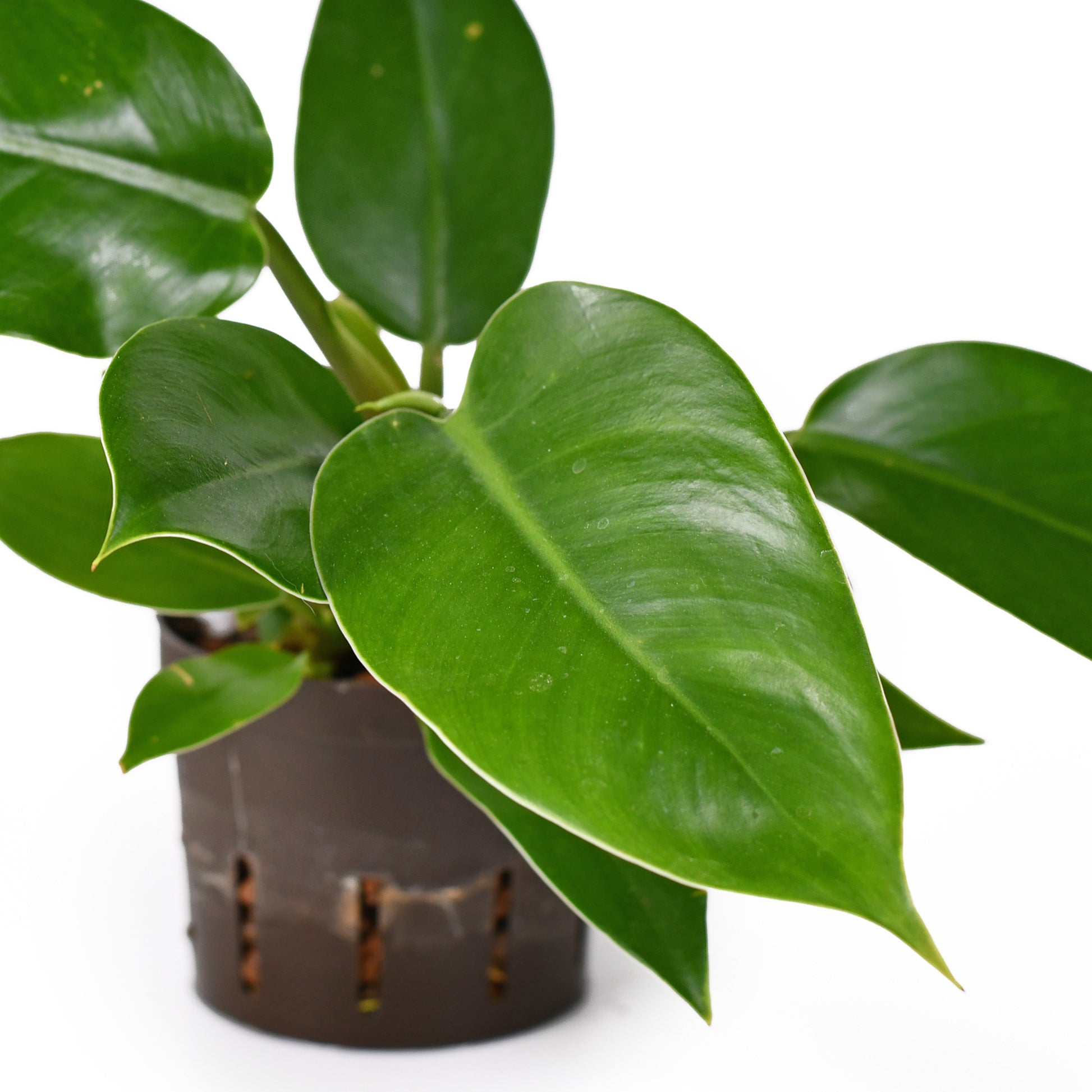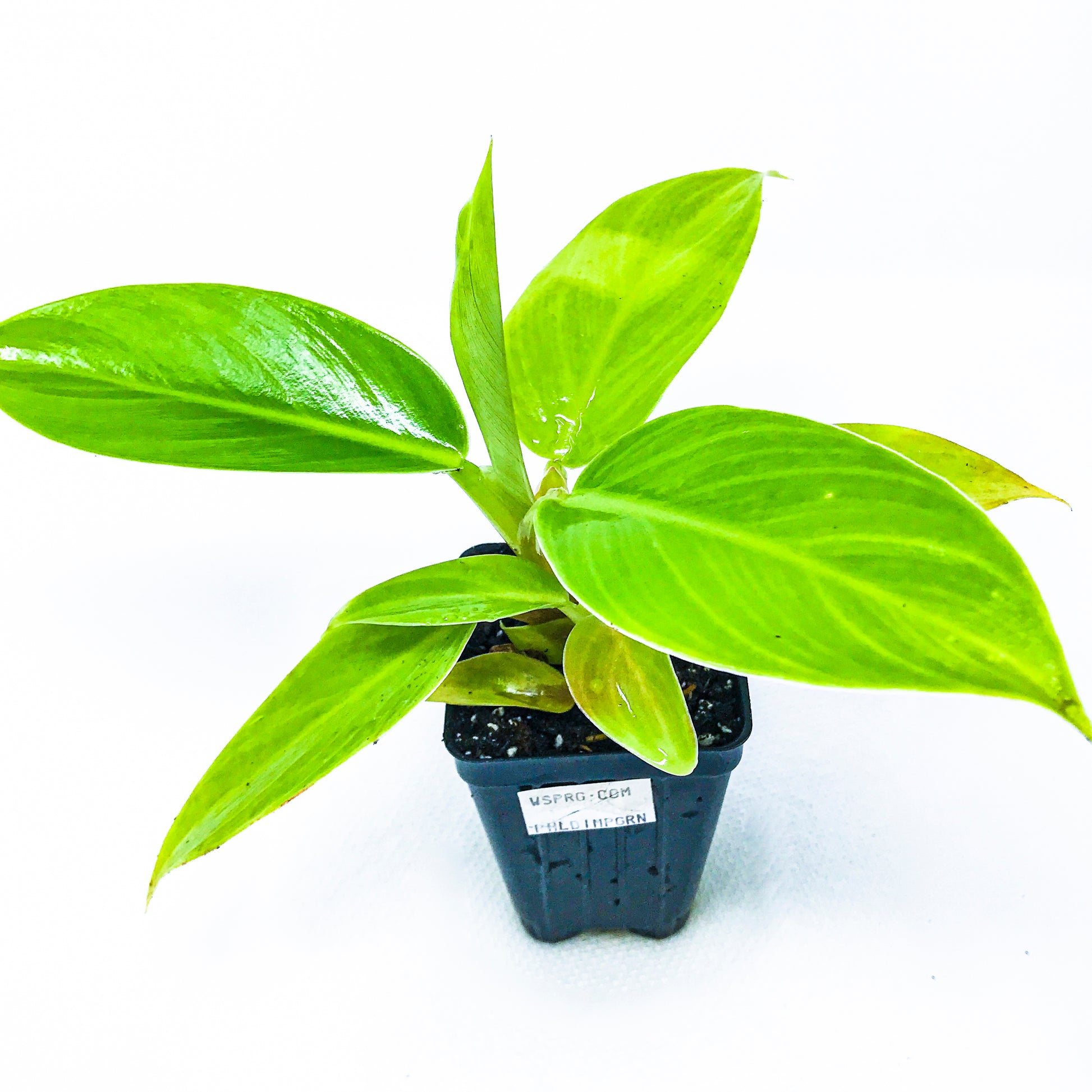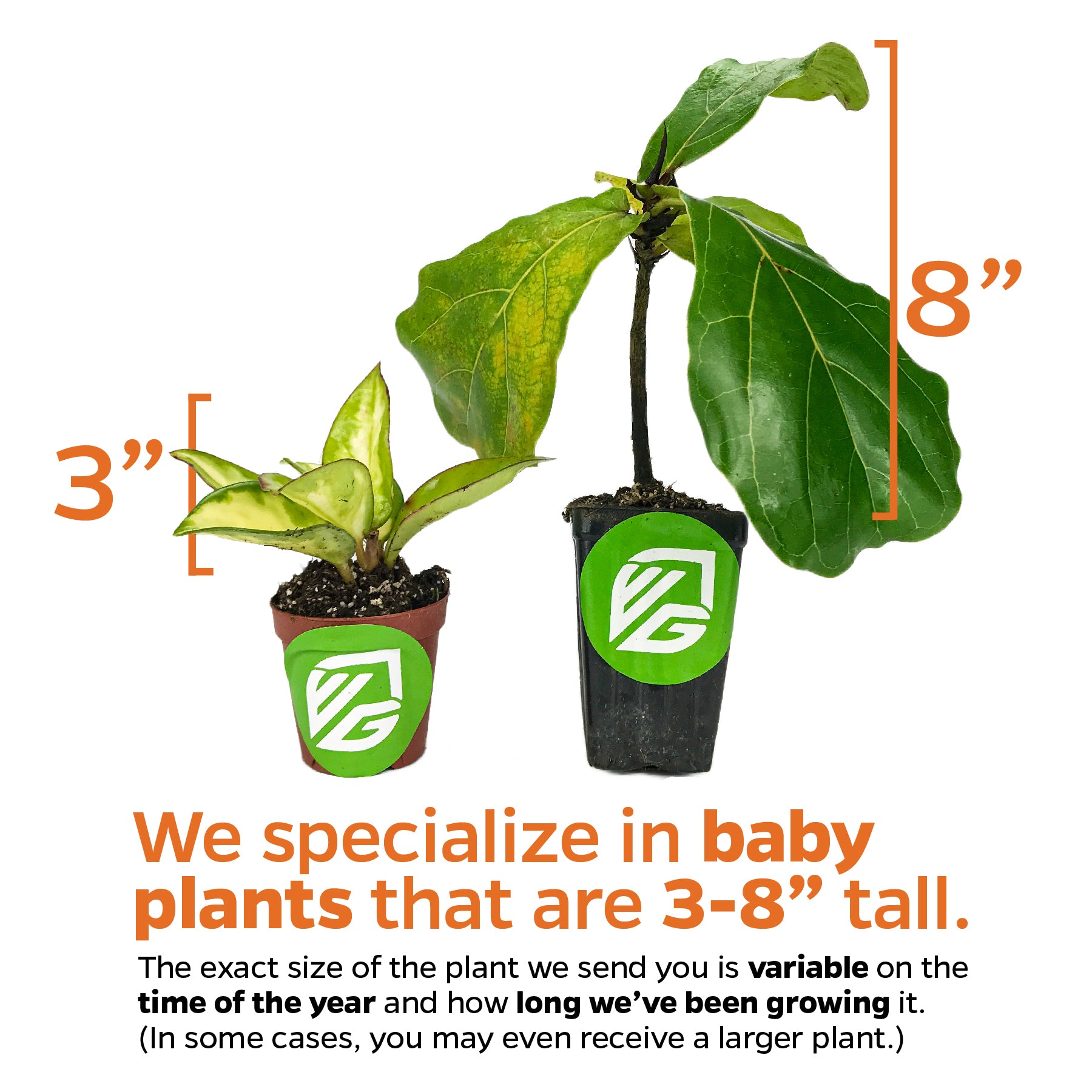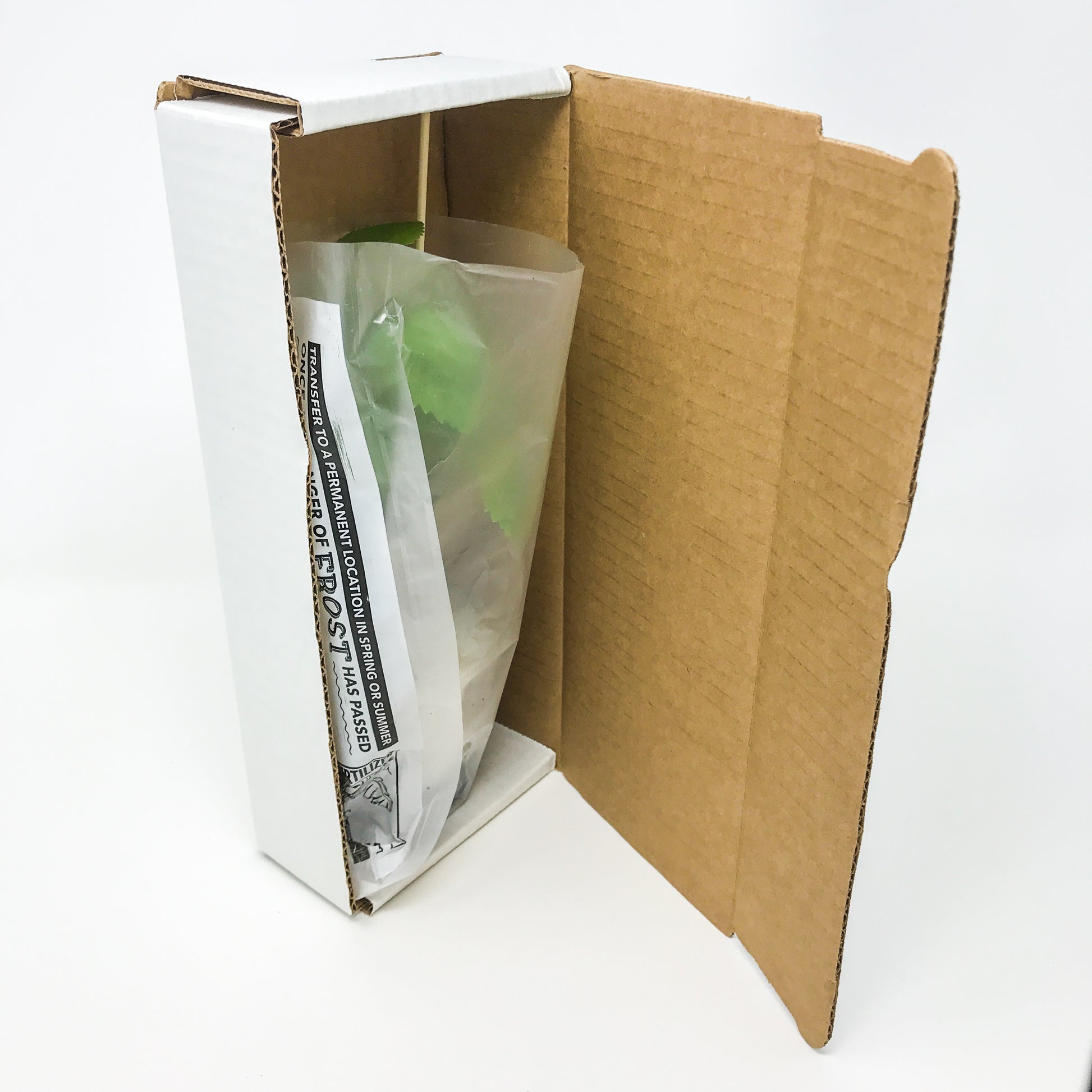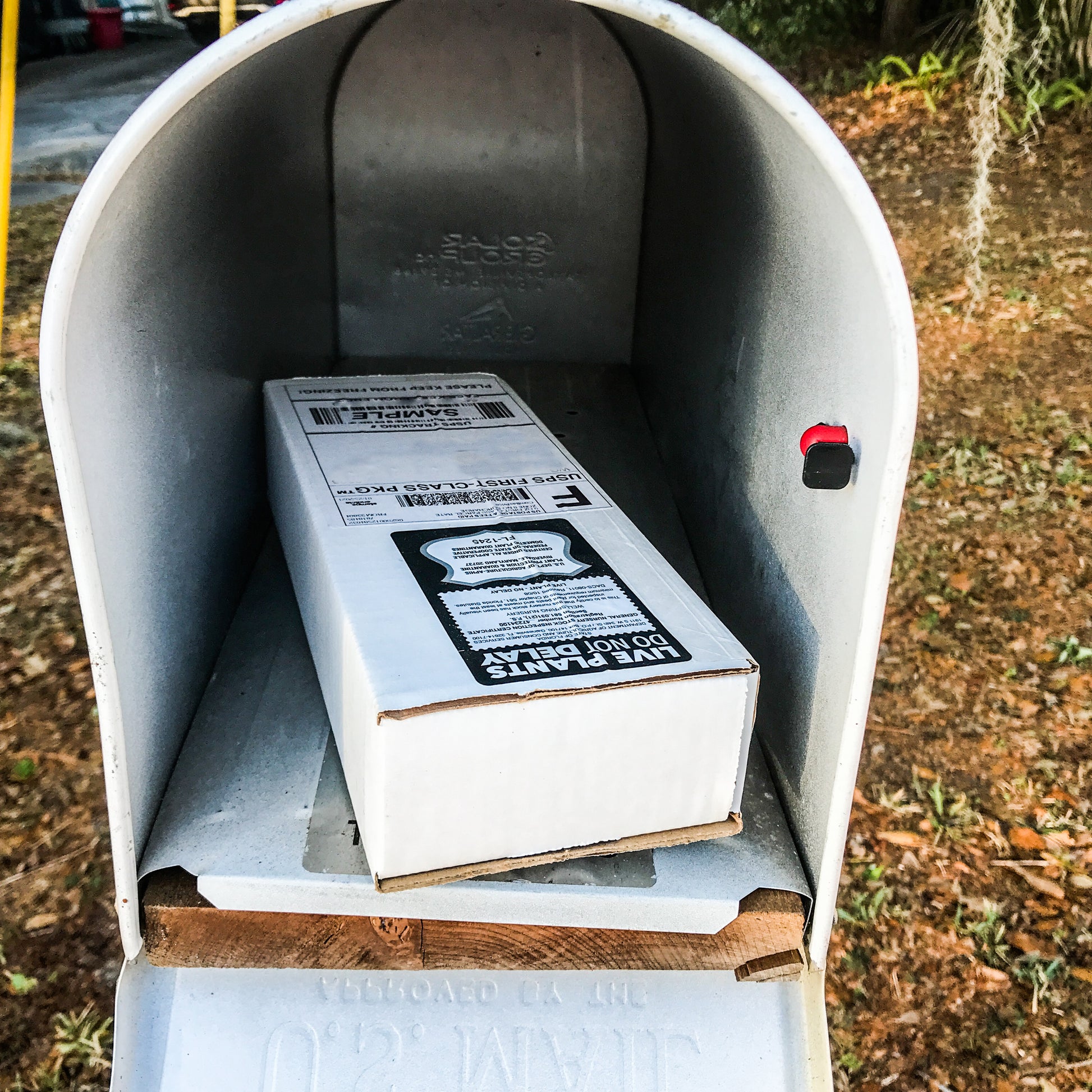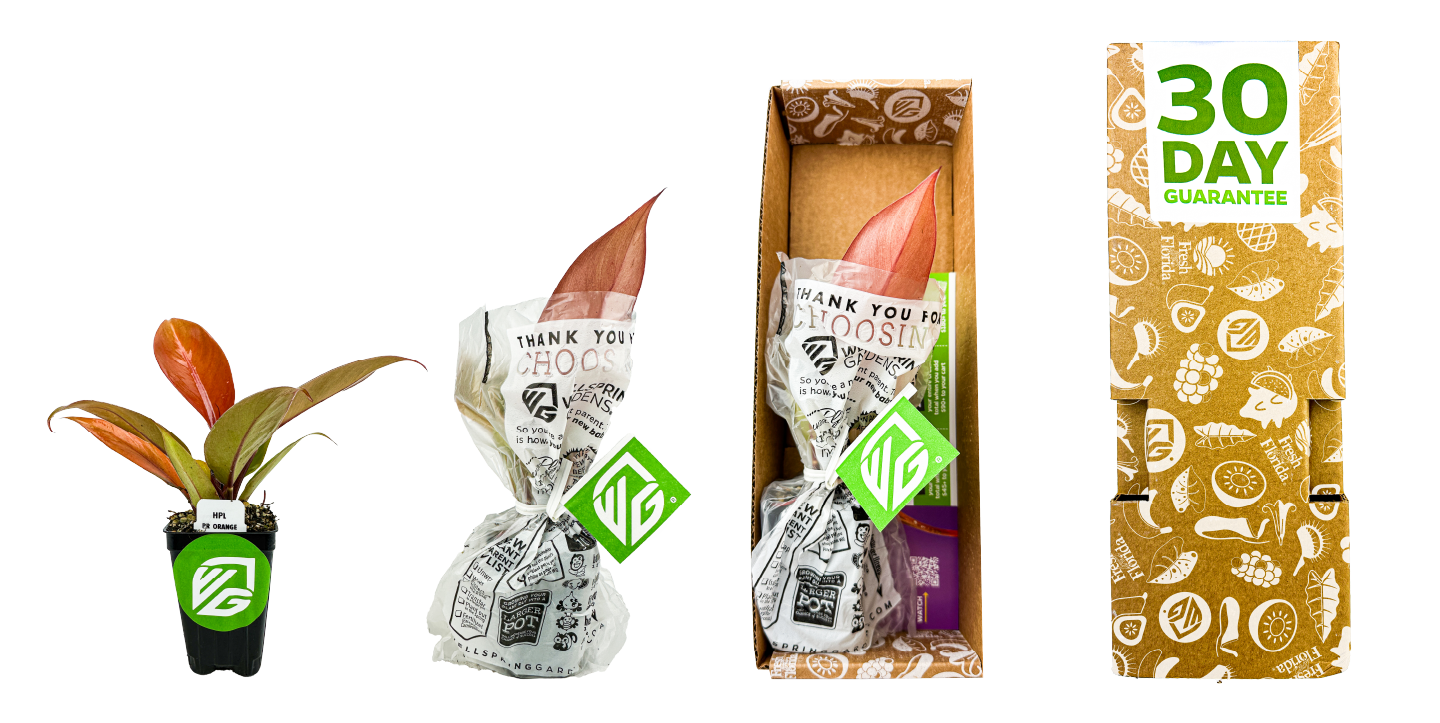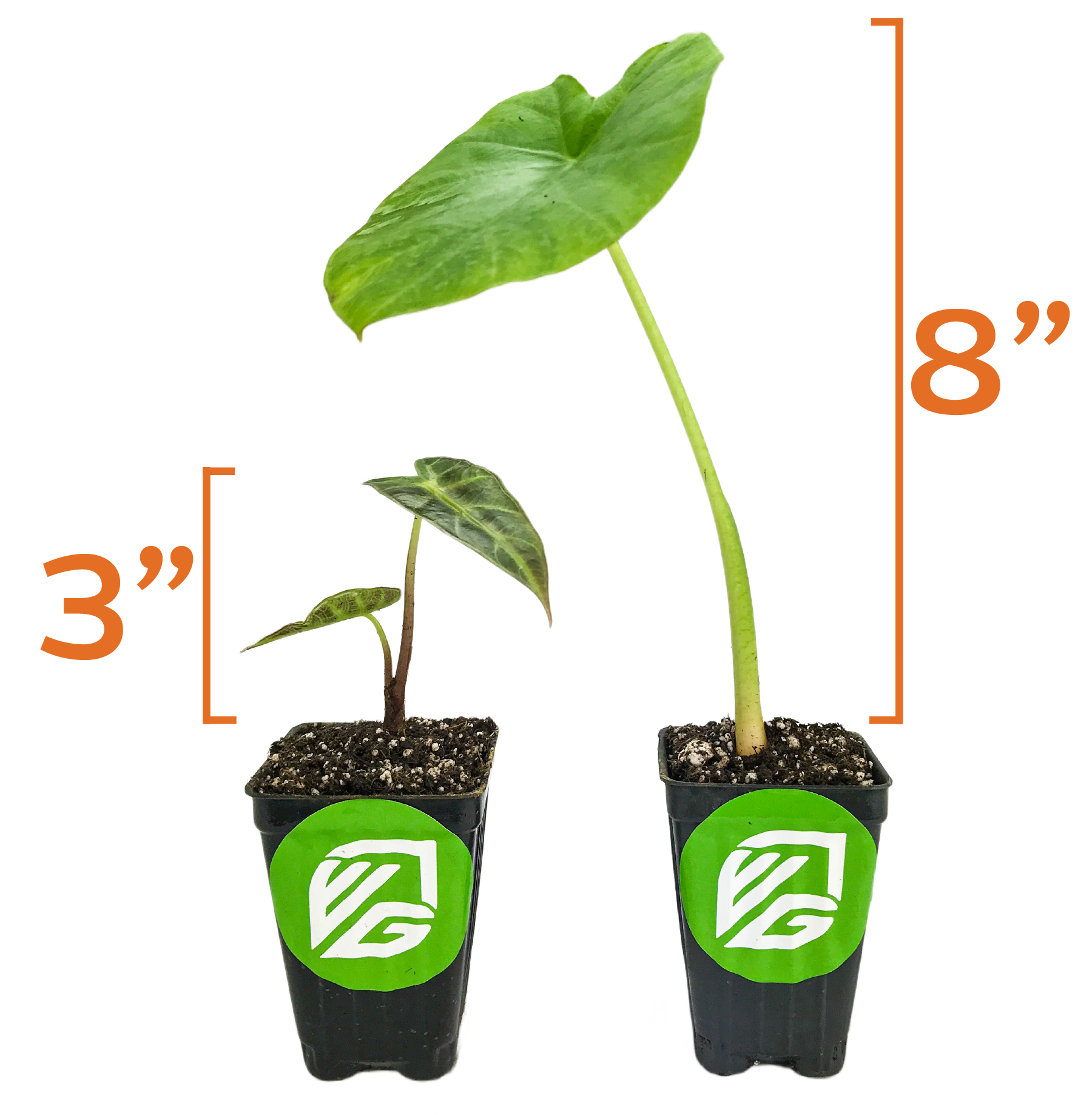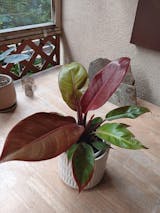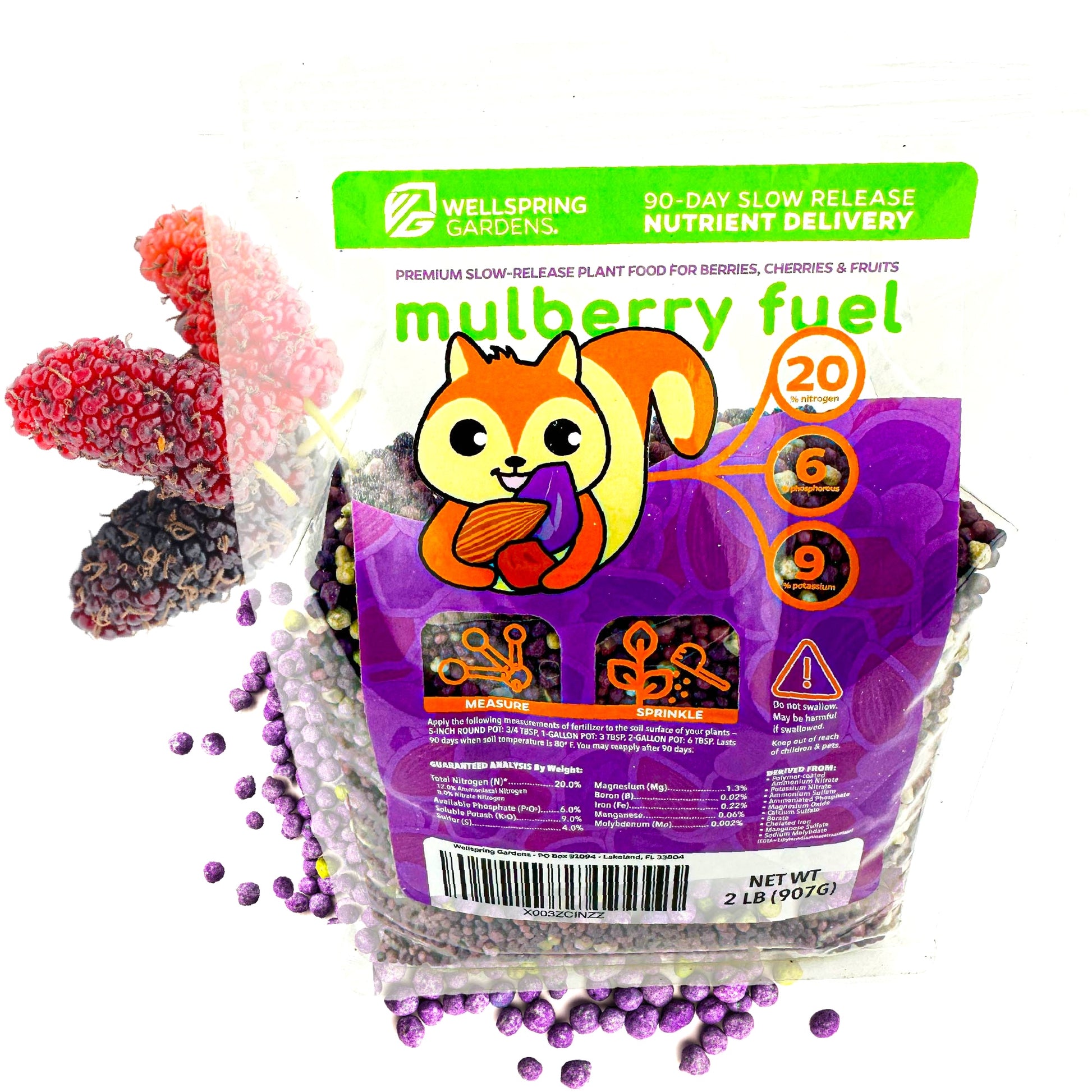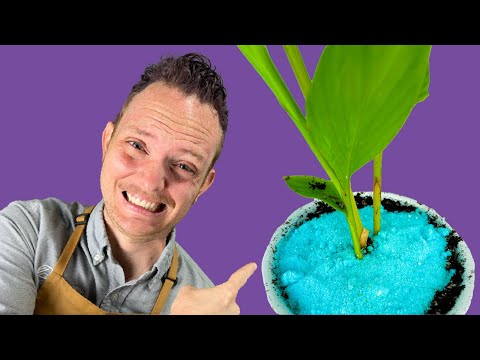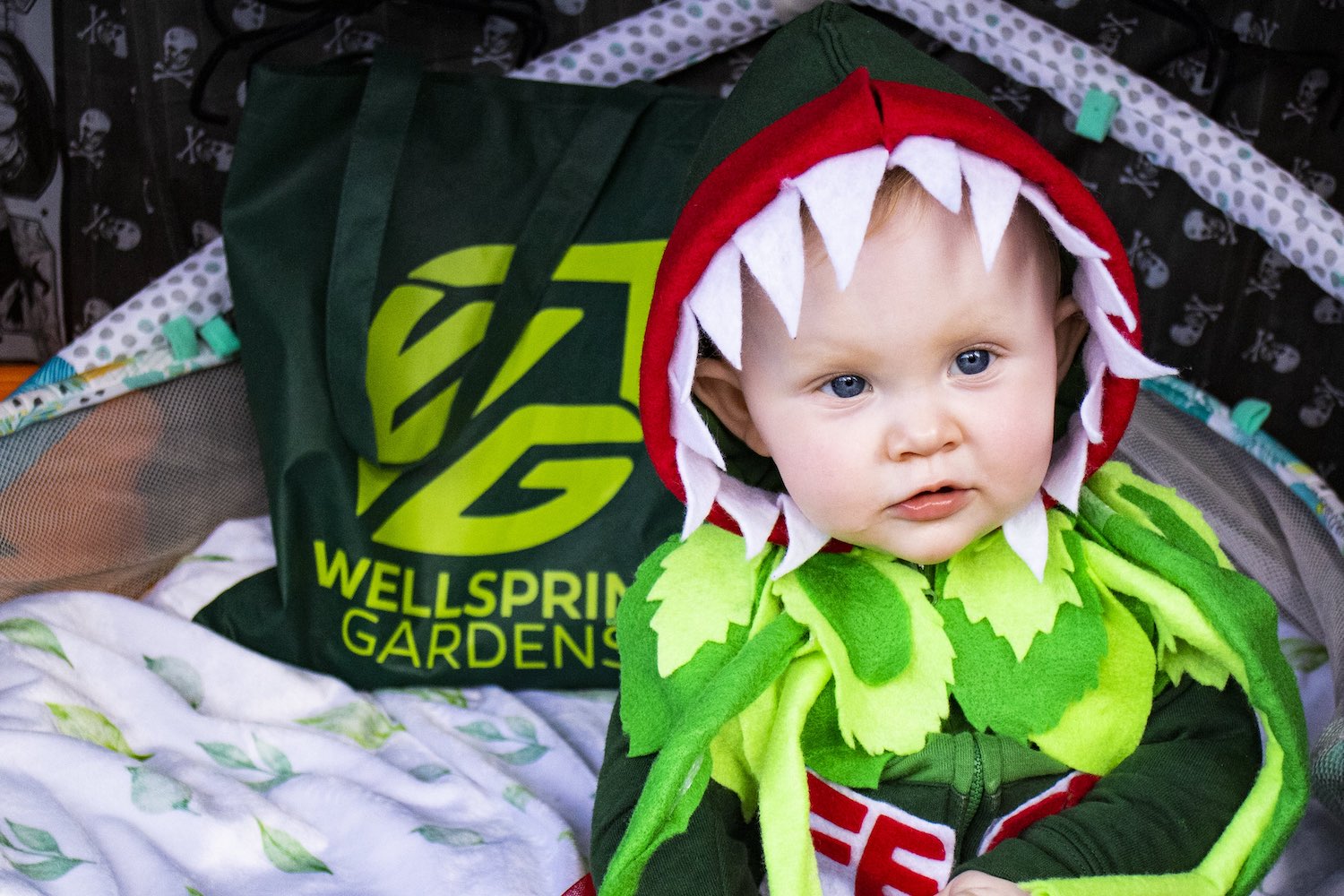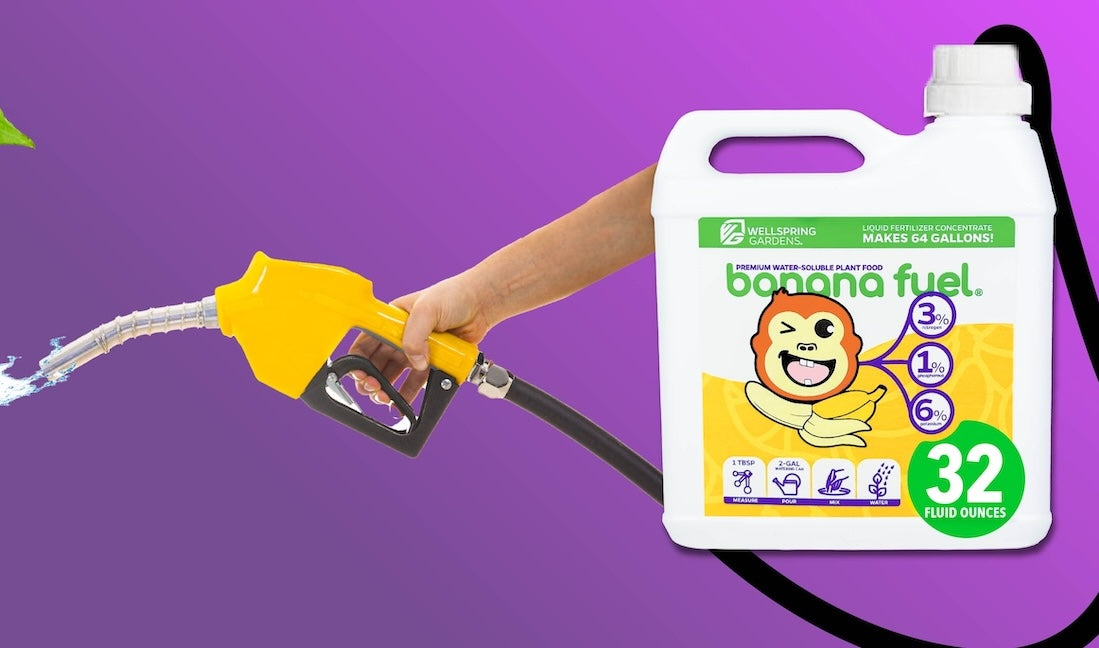S
Sharon F. (California) The plant arrived in perfect condition. It has grown so much in the last few months, and the colors are spectacular. Wellspring Gardens is the best place to buy starter plants. I will definitely be back for more.
A
Allison Plants arrive in good condition! Cant wait to watch them grow
B
B.S. My one died due to rot but My other one is thriving
J
J.L. Great plants just planted them beautiful
K
Kari I. (Washington) I ordered 3 and my 4th free. All of them came so healthy and are doing wonderful. Will definitely buy here again
R
Richard G. (Florida) Plants arrived in awesome shape! I've had them for two weeks and they are growing robustly. Would definitely recommend buying from this grower.

